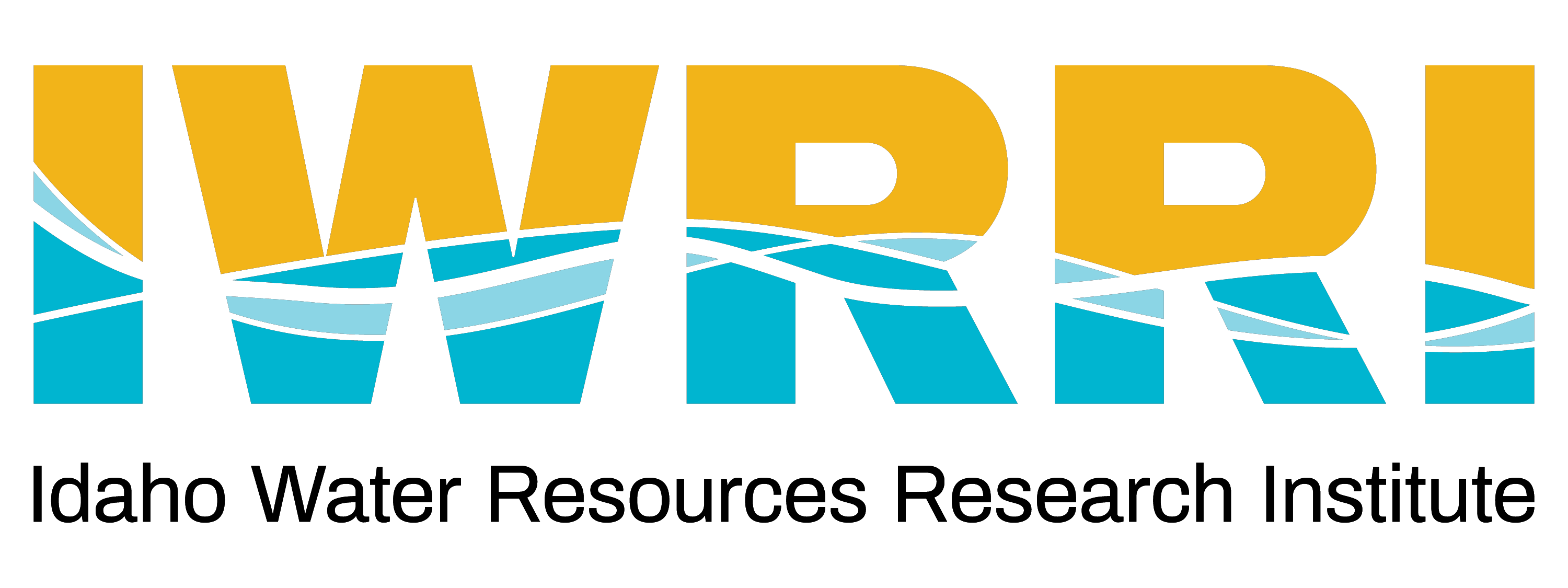Marina Steiner, a graduate student with Greg Moller in the Soil and Water Systems Department, travels to Uzbekistan to help determine scope of water quality issues, read more.
Similar Posts
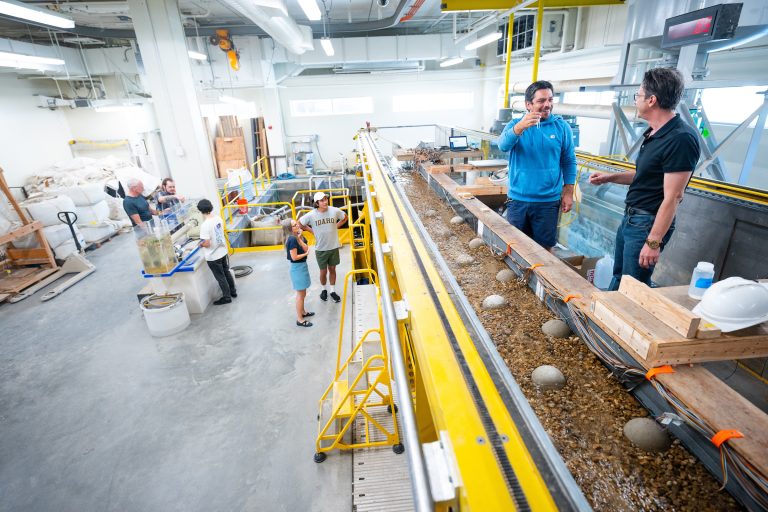
IWRRI Grant Recipients Work on Sediment Transport Physics
Gianluca Blois, a professor of mechanical engineering at the University of Idaho’s Boise campus, works at the Center for Ecohydraulics Research (CER) with students to study how water moves through streams and rivers. Their research focuses on how stationary objects, like plants, affect water flow and the movement of sediments. This study used a specialized laboratory flume—a controlled stream environment—to measure water speed and pressure in aquatic systems. While scientists have long studied how landscape features like riverbanks and terrain…
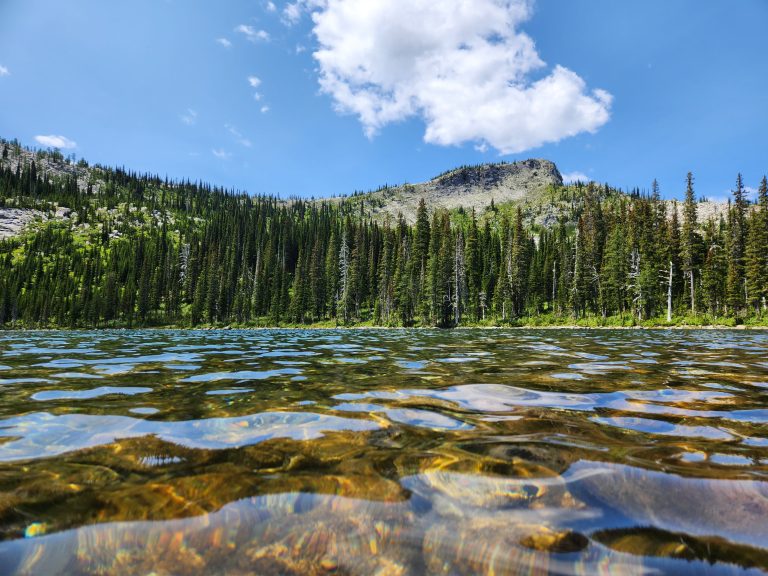
What do you value and why?
The following reflection was written and delivered by Post Falls resident, Jamie Esler, as part of Boise State University’s “Idaho Listens” event held at the Hagadone Event Center this past October. To learn more about Idaho Listens, or to watch all of the local speakers from the Coeur d’Alene Event, visit https://www.boisestate.edu/americanvalues/idaho-listens/ What do you value and why? The two of us sat on the ground within a few feet of each other but the berries were so thick we…

U of I Researchers Design Biochar-based Water Treatment System
A University of Idaho team, led by Professor Amin Mirkouei and supported by two recently graduated doctorate students, Rance Bare and Ethan Struhs, collaborated with the USDA Agricultural Research Service (Ken Overturf), U of I Aquaculture Research Institute (Brian Small) and the National High Magnetic Field Laboratory (Martha Chacón-Patiño, Amy Mckenna and Huan Chen) to design and custom-build an economical and sustainable water treatment system. This system was specifically developed to remove micronutrients, primarily phosphorus and nitrogen, from the wastewater…
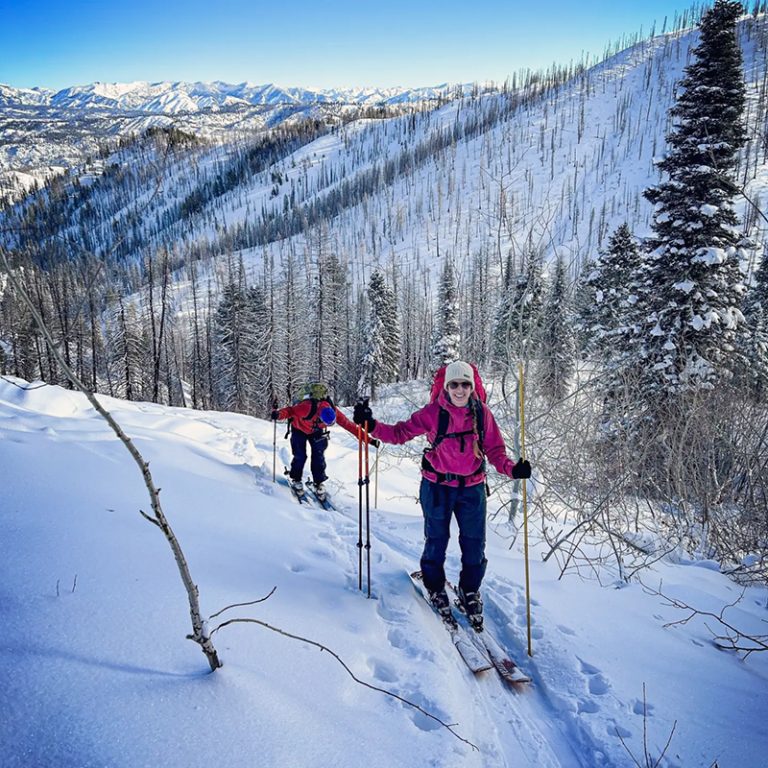
BSU Team Develop New Approaches to Estimating Contributions to Streamflow
Boise State University faculty Anna Bergstrom and her team investigated rain and snowmelt contributions to streamflow in the Mores Creek Watershed spanning the rain-snow transition zone in southwestern Idaho. Researchers commonly use naturally occurring water isotopes to track water sources allowing for the quantification of if streams are sourced from rain or snow. By developing new approaches to define rain and snow isotopic signatures, Bergstrom and team found that streamflow contribution estimates can vary by up to 20%, depending on…

U of I researcher coins ‘thirstwaves’ as new framework emphasizing prolonged, extreme water stressors
Meetpal Kukal proposed the term “thirstwaves” to describe prolonged periods of agricultural exposure to extreme atmospheric evaporative demand for water. Read more in the University of Idaho news feature or read the paper published March 20.
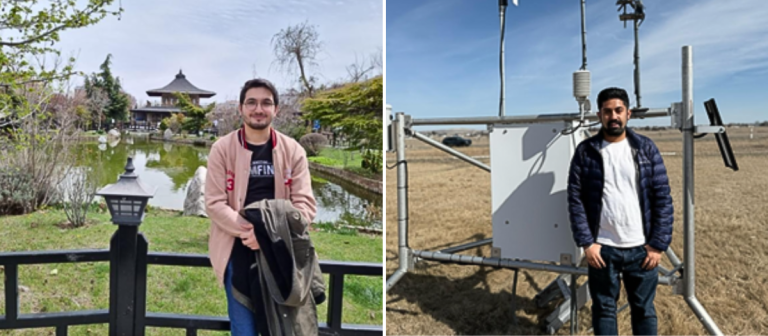
2025 recipients of the Joseph Jordan IWRRI Student Research Fellowship
The Idaho Water Resources Research Institute is proud to announce the 2025 recipients of the Joseph Jordan IWRRI Student Research Fellowship, Dinesh Gulati and Turker Anlaroglu. Established by the family of Joseph Jordan, the fellowship provides financial assistance and hands-on experience to University of Idaho students pursuing careers in water resources management. Fellows work directly with agencies, Tribes, nonprofits, and industry partners to address real-world water challenges. This year, both students contributed to a WaterSMART-funded project in collaboration with the…
